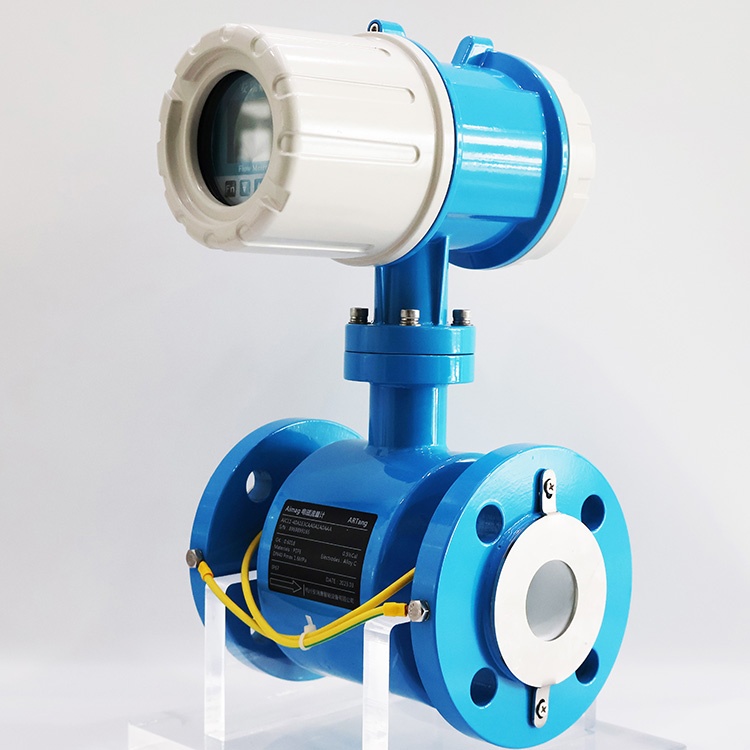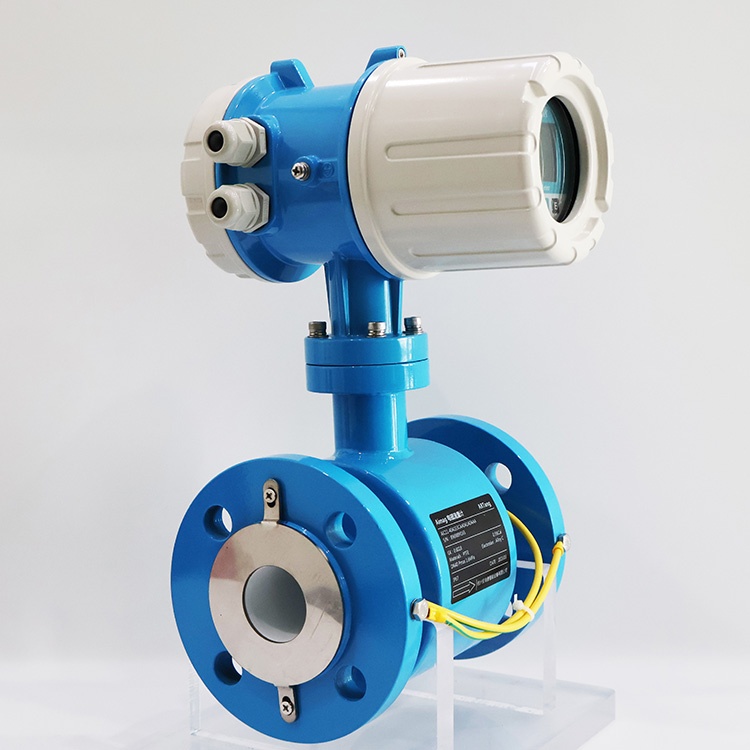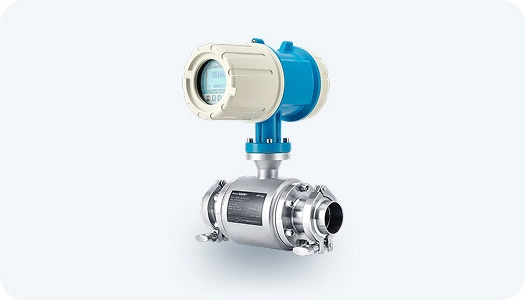-
Date:2025-10-23
-
Page View:45
The flowmeter electromagnetic, as one of the most widely used flow measurement devices in industrial production, has a broad range of applications. Its excellent performance and adaptability to various measurement requirements have earned consistent recognition from users.
However, there are also certain conditions where an flowmeter electromagnetic may not be suitable. Therefore, users should carefully consider their specific operating conditions during the initial product selection stage and choose the most appropriate model accordingly.
Advantages of Flowmeter Electromagnetic
No Pressure Loss: Since there are no obstructive components inside the measuring tube, flowmeter electromagnetic do not cause additional pressure loss in the fluid.
Wide Turndown Ratio: EMFM flow meters have a wide turndown ratio, with a flow velocity measurement range of up to 100:1 or even 1000:1. Liquid flow rates are typically selectable between 0.5–10 m/s, making them suitable for various flow measurement needs.
Large Measurement Range: The meter’s diameter ranges from 6 mm to 3 m. It can measure bidirectional flow and pulsating flow, and its output is essentially linear.
Compatible with Various Conductive Liquids: It can measure dirty liquids, corrosive fluids, and two-phase liquid-solid suspensions. Only the liner and electrodes contact the fluid, and their materials can be selected based on the fluid characteristics.
Unaffected by Fluid Properties: EMFM flow meters measure the volumetric flow of conductive fluids and are not affected by temperature, viscosity, density, or conductivity (within a certain range). Once calibrated with water, they can measure other conductive liquids.
Disadvantages of Flowmeter Electromagnetic
Cannot measure gases, steam, or liquids containing a large amount of gas.
Cannot measure liquids with very low conductivity and cannot measure petroleum products or organic solvents.
Not suitable for high-temperature fluids due to limitations of the standard industrial flow tube lining and electrical insulation materials.
Sensitive to external electromagnetic interference, which can affect measurement accuracy.

Flowmeter Electromagnetic

EMFM flow meters
Factors to Consider When Choosing an Flowmeter Electromagnetic
When selecting an flowmeter electromagnetic, the following factors should be taken into account:
Fluid characteristics:
Consider the electrical conductivity, viscosity, and temperature of the fluid to ensure compatibility with the selected flow meter.
Pipe size and flow range:
Determine the pipe diameter and expected flow rate range to select a flow meter that can accurately measure the required flow.
Installation requirements:
Evaluate the available installation space and any requirements for straight pipe runs or flow conditioning elements to ensure proper performance.
Output and system integration:
Assess the output signal type needed and verify the compatibility of the flow meter with existing control systems or data acquisition equipment.
Comparison with Other Types of Flow Meters
Compared with other types of flow meters, EMFM flow meters offer several advantages:
Accuracy:
Electromagnetic flow meters provide high measurement accuracy, even for fluids with varying conductivity. Their precision is generally superior to turbine or paddle wheel flow meters.
Versatility:
Unlike some flow meters that have limitations in fluid compatibility, flowmeter electromagnetic can handle a wide range of conductive fluids with different viscosities and corrosive properties.
Maintenance:
Since electromagnetic flow meters have no moving parts, they require minimal maintenance and offer long-term reliability in continuous industrial operation.
The flowmeter electromagnetic offers significant advantages in terms of accuracy, versatility, and low maintenance requirements. It is highly suitable for measuring the flow of conductive fluids across various industries. However, its limitations—such as the inability to measure non-conductive fluids and reduced accuracy at very low flow rates—should be taken into account. By carefully evaluating your specific application needs and considering the factors discussed in this guide, you can select the most appropriate electromagnetic flow meter. Regular maintenance and calibration will ensure accurate and reliable performance throughout its service life.
If you’re looking for a precise and versatile flow meter tailored to your industry’s needs, contact us today to learn more about our range of electromagnetic flow meters. Our expert team will help you find the ideal solution for your specific application.










